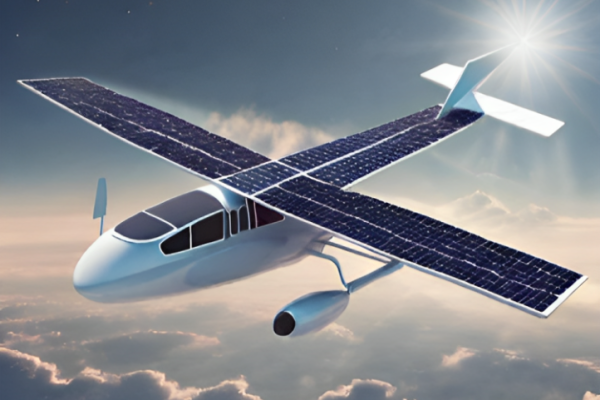Blogs
Supersonic flight technology
Revolutionizing Air Travel: The Impact of Supersonic Flight Technology

Since the dawn of commercial aviation, the dream of faster-than-sound travel has captured the imagination of travelers and industry professionals alike. Now, with advancements in supersonic flight technology, that dream is becoming a reality. In this blog, we explore the groundbreaking impact of supersonic flight on air travel, from its history and development to its potential to revolutionize the way we fly.
The Evolution of Supersonic Flight:
Supersonic flight, defined as traveling faster than the speed of sound (approximately 767 miles per hour at sea level), has been a goal of aviation pioneers for decades. The first successful supersonic flight occurred on October 14, 1947, when Chuck Yeager broke the sound barrier in the Bell X-1 aircraft. Since then, various aircraft, including military jets and the iconic Concorde, have achieved supersonic speeds.
However, commercial supersonic travel faced challenges, including high costs, regulatory hurdles, and concerns about sonic booms and environmental impact. As a result, the Concorde, the world’s first and only supersonic passenger airliner, operated for a limited time before retiring in 2003.
The Resurgence of Supersonic Flight:
In recent years, there has been a resurgence of interest in supersonic flight, driven by advancements in technology and a growing demand for faster, more efficient air travel. Several companies, including Boom Supersonic, Aerion Supersonic, and Spike Aerospace, are developing next-generation supersonic aircraft designed to overcome previous limitations and usher in a new era of commercial supersonic travel.
These new supersonic jets aim to offer faster travel times, reduced flight durations, and increased comfort for passengers. With advancements in aerodynamics, engine efficiency, and materials technology, these aircraft promise to be quieter, more fuel-efficient, and environmentally friendly than their predecessors.
The Impact on Air Travel:
The potential impact of supersonic flight on air travel is profound. By significantly reducing travel times, supersonic aircraft could open up new possibilities for business travel, enabling executives to conduct meetings in distant locations and return home the same day. Additionally, shorter flight durations could make long-haul travel more accessible and convenient for leisure travelers, encouraging tourism and economic growth.
Furthermore, supersonic flight has the potential to transform the aviation industry by spurring innovation and competition. As more companies enter the supersonic market, there is likely to be a race to develop the most efficient and technologically advanced aircraft, leading to breakthroughs in aerospace engineering and design.
Challenges and Considerations:
Despite the promise of supersonic flight, several challenges and considerations must be addressed. These include regulatory approval, environmental impact, and affordability. Regulatory agencies, such as the Federal Aviation Administration (FAA) and the International Civil Aviation Organization (ICAO), will need to establish guidelines and standards for supersonic operations to ensure safety and mitigate environmental concerns.
Additionally, concerns about sonic booms, noise pollution, and carbon emissions must be addressed to gain public acceptance and support for supersonic flight. While advancements in engine technology and aerodynamics have reduced the sonic boom signature of modern supersonic aircraft, further research and development are needed to minimize environmental impact.
Conclusion:
In conclusion, the resurgence of supersonic flight technology has the potential to revolutionize air travel, offering faster, more efficient, and more convenient transportation options for passengers around the world. With advancements in technology and a renewed interest in supersonic travel, the dream of faster-than-sound flight is closer than ever to becoming a reality. As we look to the future, supersonic flight promises to reshape the way we fly and unlock new possibilities for global connectivity and economic growth.
